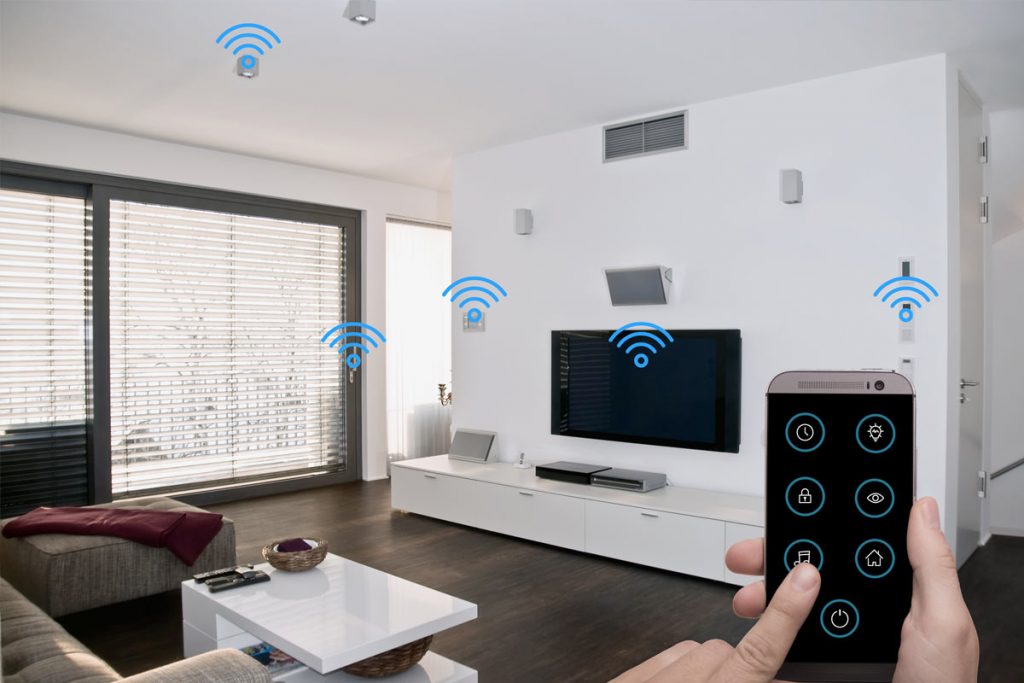
By Mike Dummer, Founder of Digital Lifestyles
Years ago, we purchased products like appliances, home electronics and labour saving devices, with the understanding that we wouldn’t need to replace or upgrade them for many years, or in some cases even decades. Our expectation for quality and durability hasn’t changed, but most of us can attest to the fact that the lifespan for newly manufactured consumer electronics, seems to have dramatically decreased. It is not actually an issue that the device won’t physically last but instead it ends up not functioning as intended or won’t integrate properly with other devices or apps. We often get calls from people frustrated because a previously installed home automation system isn’t working or a device is no longer responding properly; the initial assumption is this must be because it’s defective or has been made with planned obsolescence in mind. While built-in obsolescence has been part of manufacturing since the incandescent light bulb was invented, this is not typically the reason why a smart home system or IoT (Internet of Things) device stops operating effectively or requires upgrading.
To begin with, we have to take into consideration that laws and regulations change. Many devices become legislated out of existence due to considerations such as power consumption rules. As well, fire, safety and environmental regulations also play a part. For instance, previously in North America, lead solder was banned; lead solder is like glue that holds components together in circuit boards. This changed how many electronic devices were then designed and manufactured. Another example would be the implementation of the Energy Star® program, developed in 1992 by the EPA (Environmental Protection Agency). This encourages manufacturers to strive to develop low cost energy products that save businesses and consumers money while also protecting the environment. These types of developments result in the need to upgrade to meet compliance standards but are typically for the benefit of our own health and well-being and/or that of the environment.
In addition, it is commonly understood that technology naturally progresses. Only 5 years ago, devices like smart TVs, music systems, smart lighting and security systems, operated via infrared (IR) or radio frequency (RF) remote and didn’t work together. In fact, manufacturers went out of their way to make sure individual brands were not compatible with one another. This changed 2 years ago when Internet Protocol, or working over your network Wi-Fi, became the standard. Now common appliances and devices are internet connected making it easier to integrate these products into an intuitive, singular platform that provides you with total control of your smart home technology and entertainment solutions. These advancements make upgrading a consideration as it provides a practical benefit.
Another scenario as to why upgrading might be contemplated, involves the evolution of Wi-Fi. Previously 2.4 GHz was the Wi-Fi standard. Although it provided decent long range coverage, it was subject to interference from devices in close proximity and offered limited speed and bandwidth. 2 years later, the introduction of 5 GHz has completely changed the landscape. 5 GHz provides much less congestion, which results in more stable connections and higher speeds. However, often we see people upgrade to a 5 GHz network, only to find out that the hardware in their home no longer supports the new protocols and requires attention.
Finally, software and firmware updates are constant. They are necessary to fix bugs and protect you from security vulnerabilities and they typically also improve usability as they contain new features. However, sometimes you can encounter a compatibility issue that requires adjustments in order to have a fully functioning, reliable system.
All of these aforementioned considerations influence how devices work alone and in tandem with one another in your home automation system. One change can set off a chain of events that requires an intervention in order to maintain a stable system that operates as intended.
An easy way to evaluate whether you might need to upgrade your home automation system is by asking yourself these questions:
Have you experienced any of the following scenarios?
- Slow Netflix or music streaming?
- Sluggish internet speeds or intermittent drop out?
- Laggy or sporadic response from your smart remote control device or app based interface on your tablet or smartphone?
- Video loss on security cameras?
- A whole home music system that isn’t connecting in all areas of your home?
- A smart thermostat that disconnects or the app doesn’t work?
- A video doorbell that disconnects or the app doesn’t work?
- A remote control that doesn’t work?
- Your home theatre picture and sound doesn’t work or drops out?
- Since changing service providers (i.e. Telus to Shaw) your home automation or IoT (Internet of Things) devices no longer operate properly?
If so, you may have an upgrade issue.
We can help by providing a free assessment of your current system, regardless of whether it was installed by Digital Lifestyles’ or another technology company. We will let you know exactly what the issues are, using easy to understand explanations, and provide you with economical solutions. Upgrading doesn’t necessarily mean that your entire system needs to be dismantled; often it’s a matter of replacing, upgrading or updating certain components to get your system up to speed and performing effectively. As well, we have helped many clients who have invested significantly in a system they have given up on because it never worked right. Essentially we can buy you out of this system and provide you with a reasonable trade-in scenario, not unlike receiving trade-in value for a vehicle!
If you answered yes to experiencing any of the above circumstances, contact us for a free assessment!
Click the button below for a free assessment:
